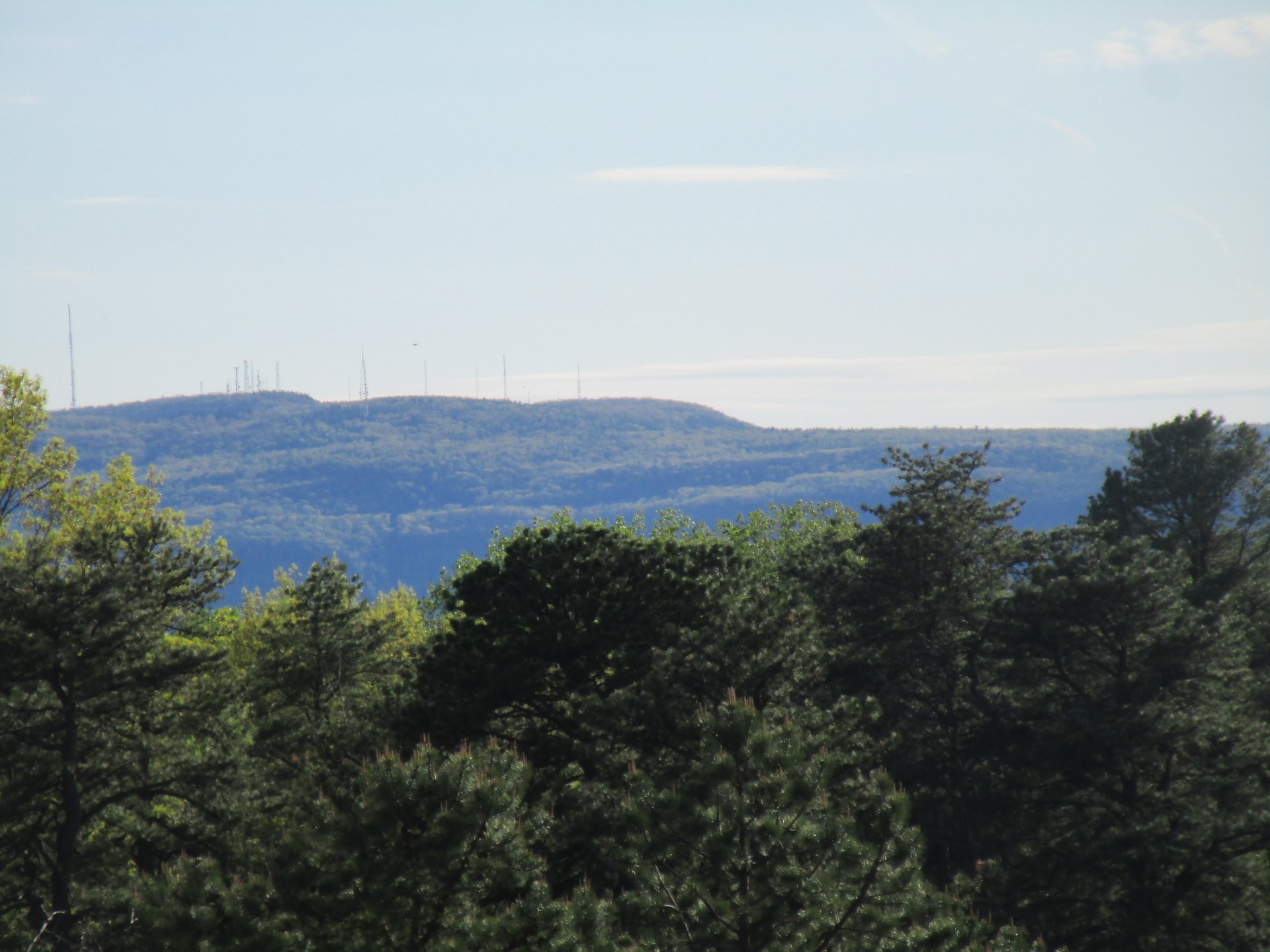by Tom Ellis
ALBANY, NY: “I would not be standing here without the work Save the Pine Bush has done to hold people accountable,” said Albany Pine Bush Preserve Commission (APBPC or commission) Director Neil Gifford, as he began his presentation at the May 18 SPB dinner. Neil spoke at length about the Karner Blue Butterfly (KBB).
Lynne Jackson introduced him saying APBPC sustains the Pine Bush and Neil has been with the commission for 19 years.
Neil said the KBB, with its wings open, is about the size of a quarter, the Pine Bush is a savanna, and the KBB lives on a savanna within a savanna. He said the Pine Bush is a fire-dependent community, there are two other butterfly species in the Pine Bush, and the KBB, which lives for about five days, has two life cycles each year, one in May and June, the other in July. The KBB was listed as endangered by New York in 19777 and the federal government in 1992. KBB also live in Wisconsin, Michigan, and New Hampshire. Four remnant KBB populations remain locally; in addition to the Pine Bush, others are near the Saratoga County airport, Wilton, and Queensbury.
The federal government, he said, has a recovery threshold for KBB, that, if achieved, could lead to it being delisted as endangered. The threshold is the existence of 3000+ KBB in the June/July batch for 4-5 consecutive years.
He said the Pine Bush preserve is presently 3300 acres within a 13,000 acre study area. He said fragmentation of the Pine Bush into disconnected sectors is the key threat to a healthy Pine Bush and KBB. In 1997, when he began full-time work with the commission, KBB lived in nine Pine Bush locations on thirteen acres.
Neil described habitat management as involving many tools, one being “a massive gardening project” of pulling out the weeds — black locusts — planting native species, and managing the land with fire. Controlling scrub oaks with fire and sometimes chemical treatments allows the KBB population to grow. He said today there are 600 acres of lupine in the preserve, up from thirteen in 1997. Three pounds of lupines are planted per acre, KBB have been placed in selective colonies in the last seven years, but only once at each site, and the colonization is working to enlarge the KBB population.
Counting KBB is more complicated than it may seem, he said. It involves APBPC staff and volunteers visibly counting them but also considerable data analysis. He said there are now 14,000 to 18,000 KBB in the counted areas, but many sites are either not or only partly counted.
He said burning habitat, as was scheduled to occur on the following day, would kill some KBB but allow others to be born. The entire preserve is never all burned during the same year and specific sites have a five-year fire rotation. The long term health of the population, he said, is more important than individual butterflies.
Turning to climate change and the KBB, he said with nine years of data on when KBB first appear each year, the second brood shows no change but the first batch is coming earlier by a few days; but with only nine years of data, it is too early to make a firm statement about if climate change is a or the cause of the earlier appearance.
He concluded his presentation saying “we have taken the KBB from the brink of extinction (a few hundred) to many thousands.”
During the Q&A, he was asked about how important the KBB is to the health of the planet and replied that we do not know what the KBB function is to the whole planet but it may have one this being one good reason to keep it alive. He said we cannot identify a plant the KBB pollinates or a bird species that needs it for survival. The beauty of ecology, he said, is not just in the individual or the species but in how they all interact for the betterment of the whole. Each species is important, he said, even if we do not know why.
Neil said that last year, 150 pounds of lupine was collected in the preserve. He said the commission’s mandate is to maintain a healthy habitat for all its species; the near demise of the KBB was a symptom of a big problem. He said many species have disappeared from the Pine Bush while some bird populations and toads have vastly increased. Birds, reptiles, and amphibians, he said, are in trouble worldwide.
Neil said the commission publicizes its scientific work in scientific journals, local newspapers, and on social media. He said priority parcels to be added to the preserve have been identified and the commission works with both the Mohawk Hudson Land Conservancy and the state. The commission, he said, works with willing sellers and can pay up to ten percent over market value for a parcel. He and the commission hope to see another 2000 acres added to the preserve.
The commission staff often go into schools and many students visit the APBPC Discovery Center. Kids grow lupines in their classrooms which they then plant in the Pine Bush. Middle school programs, he said, are increasingly replacing elementary school projects.
Regarding the Rapp Road Landfill, he said trying to cover it with Pine Bush habitat may help bridge the sections of the Pine Bush preserve located on each side.
Published in September/October 2016
Save the Pine Bush Newsletter
